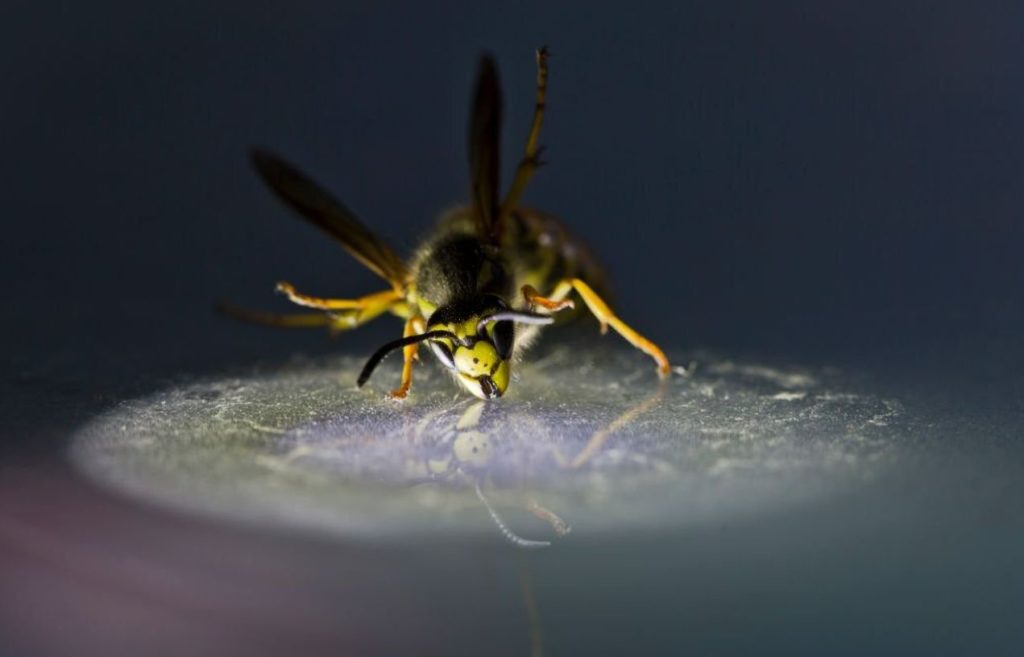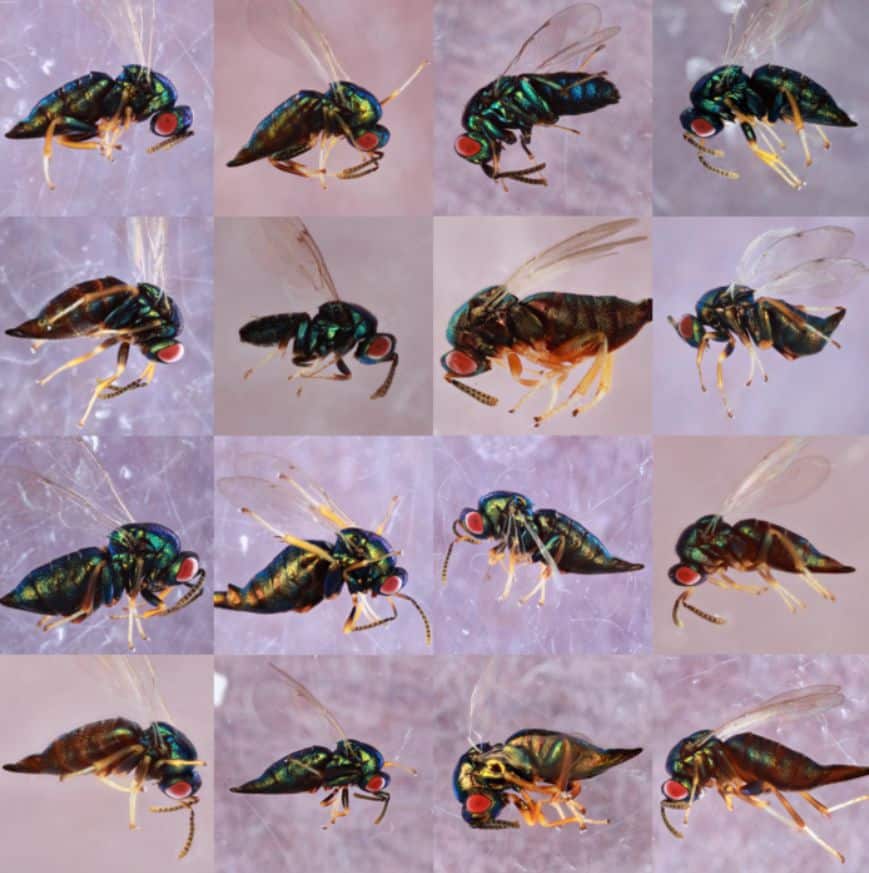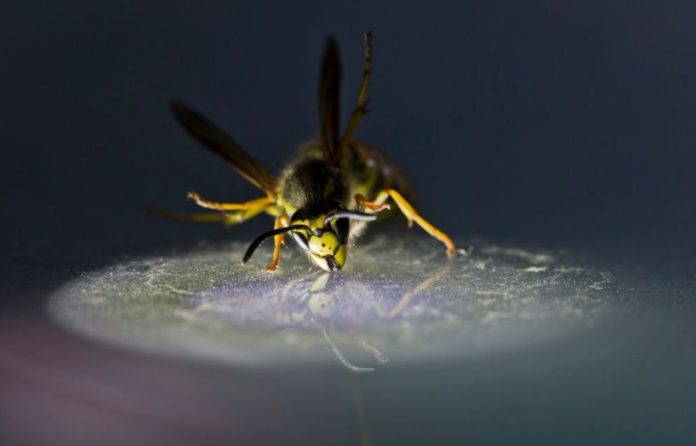Ormyrus labotus, a parasitic wasp that has been known to science since 1843, has long been regarded as a generalist, laying its eggs in over 65 different species of insects.
According to a new study published in the journal Insect Systematics and Diversity, the wasps now known as Ormyrus labotus are actually at least 16 distinct species, each parasitizing a narrower range of host species.
It’s not uncommon to find “cryptic” species within one known insect species, especially with advances in genetic techniques, but the number of them found within Ormyrus labotus highlights the importance of searching for the world’s “hidden diversity,” according to Andrew Forbes, the study’s senior author.

Intriguing Insects That Emerge From Oak Galls
Parasitoid wasps lay their eggs on or in other insects and arthropods, and they commonly specialize in parasitizing a small number of host species, or even just one. Meanwhile, a wide variety of insects lay their eggs on plants where their larvae hatch and then induce the plant to form a protective structure called a “gall” around the larvae. Wasps in the genus Ormyrus parasitize these gall-forming insects.
For a separate research project between 2015 and 2019, Sofia Sheikh and Anna Ward, both graduate students in Forbes’ lab, collected galls formed on oak trees and observed the insects that emerged. They noticed that wasps emerging from a large diversity of gall types all matched the description of Ormyrus labotus, and this got the researchers wondering.
“It seemed highly unusual for one parasitoid species to be able to exploit such a wide and dynamic set of hosts,” adds Sheikh, lead author on the new study.

To test whether the wasps they collected were all truly one species or instead a band of look-alikes, Sheikh, Ward, and Forbes extracted DNA samples from each of the wasp specimens that emerged from the oak galls and analyzed the degree of genetic variation between them, with assistance from collaborators at Rice University and the U.S. Department of Agriculture. Then they combined this genetic analysis with data on the wasps’ physical attributes and ecological factors—e.g., which type of oak galls they emerged from, at what time of year, and so on—to place the wasps in groups of likely separate species.
The final result? The collected wasps that originally appeared to be Ormyrus labotus instead comprise at least 16 distinct species, and possibly as many as 18.
The Hunt for Cryptic Species
In their review of other research, the team found several other studies that had uncovered cryptic species within purported generalist species but none that had found so many at once. And it’s possible more distinct species that would otherwise match O. labotus remain to be found, the researchers say, because the original collection of oak-gall specimens that Sheikh and Ward conducted wasn’t designed to encompass all known O. labotus hosts.
For now, Ormyrus labotus will remain a “species complex,” with these newly delineated species known to exist but not yet formally described and named. Forbes says his lab “only dabbles” in formal taxonomy, but all specimens from the study have been preserved and are available for other researchers who want to conduct a taxonomic revision of the Ormyrus genus. “If someone wants to take a crack at naming these species of Ormyrus, we’re ready to help however we can,” he says.
Until then, the current findings underscore the importance of fundamental biodiversity research and its potential implications. For example, if O. labotus were ever enlisted for control of an invasive oak-galling pest, it would be critical to know which species within the complex targeted that specific pest species—and the same dynamic applies in the use of any parasitoid wasp species for biological control. Meanwhile, failing to differentiate specialists from generalists hinders scientists’ ability to understand actual generalist insects and what enables them to target a variety of hosts, the researchers note.
Sheikh says she sees parasitoid wasps as “emblems of weird—i.e., interesting—biology” and is intrigued by their specialization strategies. “More so than any specific number of potential new species, I am excited about how this study and many others are revealing a plethora of cryptic diversity,” she says. “This, to me, suggests that we still have a lot to learn about the processes that structure species interactions with each other and their environments.”
Source: 10.1093/isd/ixac001
Image Credit: Getty
You were reading: “Emblems of weird”: Look-alike wasp hides 16 different wasp species
